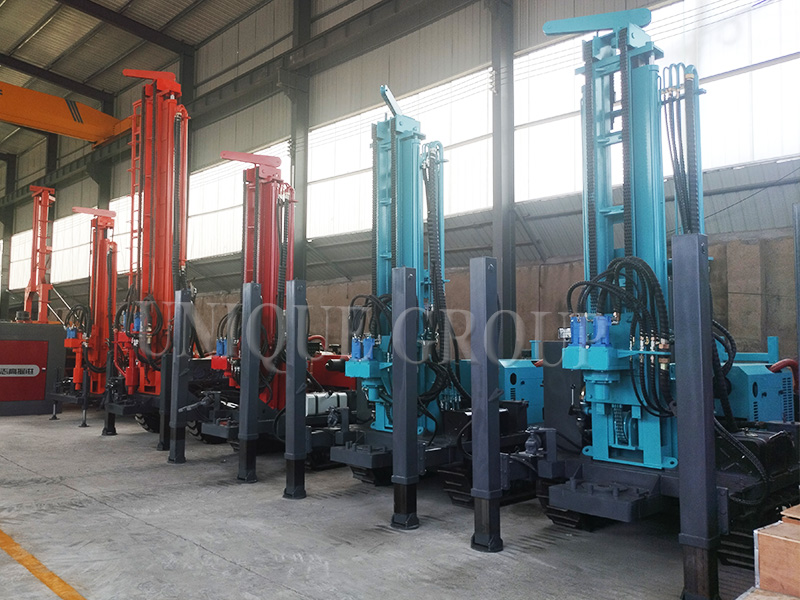How do I know if I can dig a well?
If you are embarking on drilling a well on your own, The first question you need to confirm before you start digging is to decide where is the best place to drill is?

Underlying Geology: Before drilling, it is important to confirm the underlying geology of the land. In most cases, the land should be suitable for drilling and producing water. However, if the ground is mostly made up of rock, the ground may not be porous enough to allow water to flow.
Surface Waters: When building a well that is near-surface water (streams, rivers and ponds) it is important to keep in mind that these waters may contain biological, agricultural, or industrial contamination and should be considered before placing a well in the area.
Flooded Areas: Avoid flooded areas, as accessibility and contamination may be a factor.
Waste: Avoid latrines and other places where human and animal waste is concentrated. This helps prevent the introduction of disease-causing pathogens from entering the well water.
Industrial Facilities: Avoid places near industrial facilities or garbage dumps. These areas may produce harmful chemical discharge into the soil and groundwater.
Proximity To Other Wells: Put enough distance between wells that are close in proximity to each other. Putting them too close together may reduce water availability.
Placing the well close enough to your home encourages more water drinking and better hygiene.
Get more details now from www.drillingrigmachine.com or contact us on Email sales@unique-cons.com

